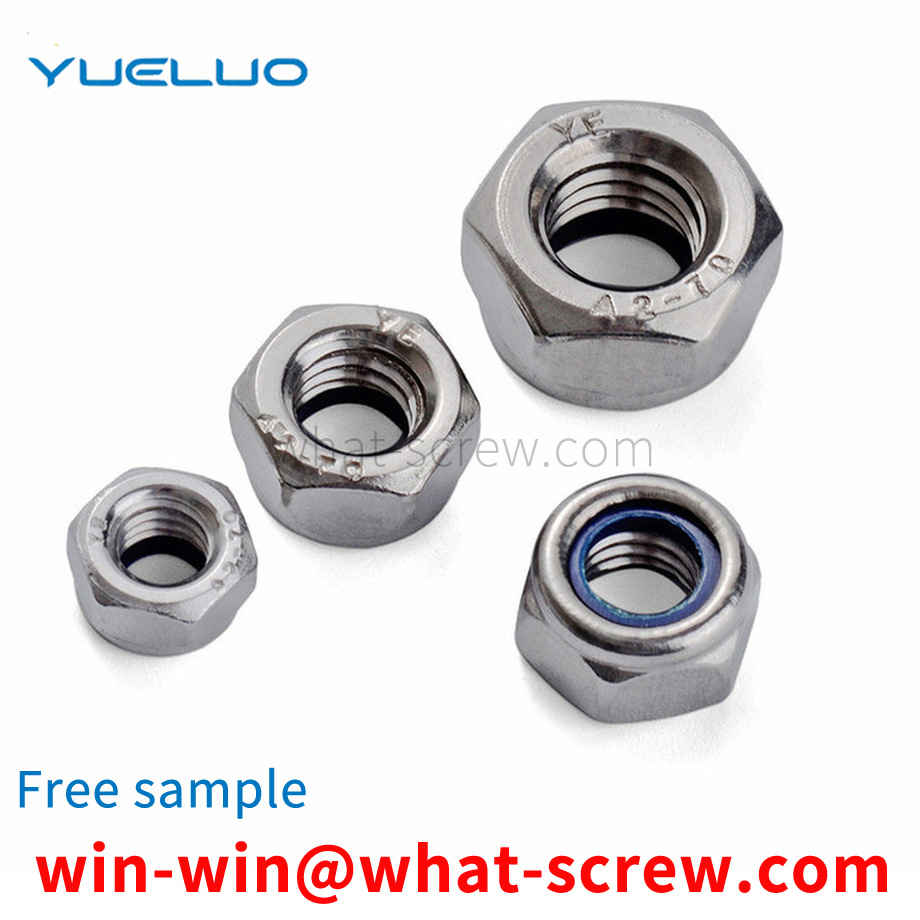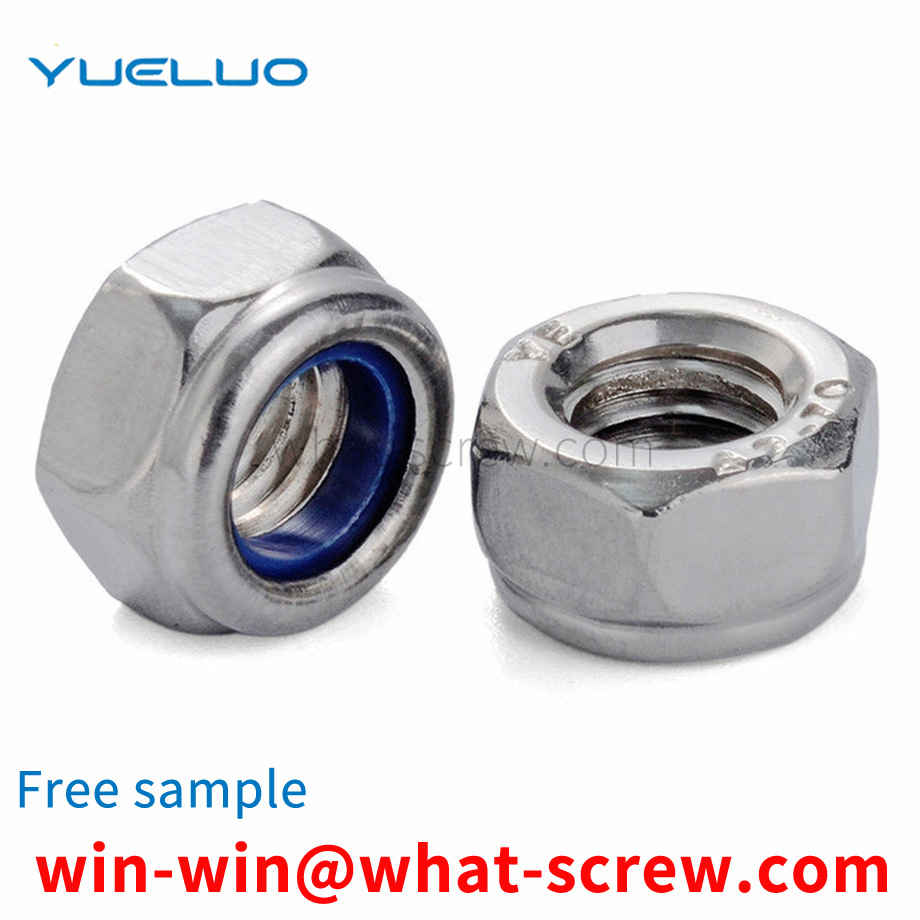In real life, rivet nuts are used. With different specifications and different uses, many people are familiar with this tool but don't know how to use it properly. In fact, rivet nut tools have manual and transmission, and now are rarely used for manual. If you choose to use electric rivet nuts in order to improve production efficiency, which of the two is more widely used? The following describes the use of electric rivet nuts and manual nuts. How to use the manual rivet nut tool: Insert the rivet nut into the drilled installation hole with a rivet mother tool to fix the rivet nut. (1) Screw the rivet nut onto the rivet nut tool 2) Use the rivet nut tool to insert the rivet nut into the drilled mounting hole. (3) Tighten the nut, and press the handles on both sides of the rivet nut tool to the direction of the middle round rod. You can only press it hard. Therefore, this pressure must be in place. It is forbidden to repeatedly squeeze the handles on both sides to damage the nut. Fastening thread in the form of inside. (4) The rivet nut tool is separated from the rivet nut: just loosen the ball head in the picture, and the tool will be separated from the nut after completely loosening.
Therefore, in order to obtain fasteners that meet the requirements, it is usually necessary to anneal the middle sections of bolts, rivets, etc. to reduce the hardness of the middle sections, while ensuring the hardness of the heads of bolts, rivets, etc. At present, the existing process adopts ultra-high frequency induction heating equipment to instantly heat the middle section and reduce the hardness. However, this process requires a lot of control, and the heating time is slightly longer, which affects the hardness of the head, and the mass production is very unstable, which is easy to cause the rivet to fail. At the same time, the cost of ultra-high frequency equipment is high and the power consumption is large, which is not conducive to mass production and energy saving. Environmental friendly.
rivet is a nail-shaped object used to join two parts or components with a through hole and a cap on one end. In riveting, the riveted parts are connected by their own deformation or interference. There are many types of rivets, and they are informal, commonly used are R-type rivets, fan rivets, blind rivets, blind rivets, tree rivets, semi-circular head, flat head, semi-hollow rivets, solid rivets, countersunk head rivets, blind rivets, hollow rivets Rivets, these usually use their own deformation to connect the riveted parts. Generally less than 8 mm with cold riveting, larger than this size with hot riveting. But there are exceptions. For example, the nameplate on some locks is riveted by the interference between the rivet and the lock body hole.
door cover structure with hidden screws includes a glass panel, an inner door cover, a computer board and a sealing strip, an adhesive bracket is adhered to the back of the glass panel, the inner door cover is fixedly connected with the adhesive bracket through screws, and the computer board is arranged on the glass panel. In the cavity formed by the panel and the inner door cover, the inner door cover is provided with a sealing slot, the sealing strip is embedded in the sealing slot, and the bottom of the sealing slot is provided with a mounting hole for the screw to pass through, and the glue The bracket is provided with a fixing hole matched with a screw thread, and the screw passes through the installation hole of the inner door cover and is threadedly connected with the fixing hole of the adhesive bracket, so as to fixedly connect the inner door cover and the glass panel. The screw is hidden in the sealing groove of the door cover, and is sealed with water through the sealing strip. The appearance is beautiful, easy to disassemble and assemble, and it can effectively protect the screw from rust.
Currently, a screw generally includes a shank body, a threaded portion formed on the outer edge of the shank body, and a conical head formed at the rear end of the shank body. When the current thread is in use, since the thread part is cylindrical, the thread part and the workpiece are vertical, so it is relatively laborious when in use, and it is difficult to locate, lock and unlock.
We have many years of experience in the production and sales of screws, nuts, flat washers, etc. The main products are: wholesale stainless steel 304 nuts, 6173 fine pitch flat nuts, bolts and nuts, national standard anchor bolts and other products, we can provide you with suitable products for you Fastener Solutions.



















 Service Hotline
Service Hotline




